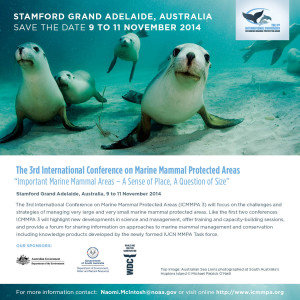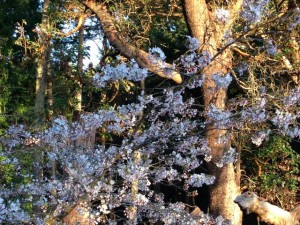
It’s not rocket science. Much of the work we do involves conserving whale & dolphin populations by identifying the habitats most critical to their survival, and keeping the habitat quiet, and full of fish.
We’ve published extensively on the value of Marine Protected Areas to survival of endangered killer whale populations. This week, we’re thrilled to participate in the 3rd International Conference on Marine Mammal Protected Areas in Adelaide. Rob is chairing a workshop on extreme challenges in marine mammal conservation, when critical habitats occur in heavily industrialized coastlines.
This is a topic that consumes much of our time, because the killer whales we study live in habitats that have noisy shipping lanes running through them. The dolphins and humpback whales generally live in quieter habitats in BC, but few laws exist to keep the habitat quiet, and proposed industrial activities have the potential to make quiet habitats noisy.
Thanks so much for your support for our charity. We couldn’t do this work without your support. If you like the work we do, please share our work through your social networks, or consider making a donation.



